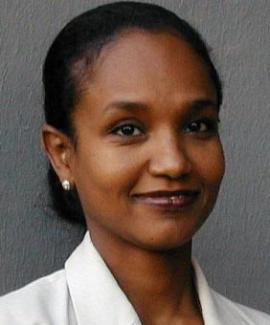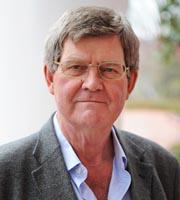East African Community tax comparison
Many countries want to raise additional revenue, be it primarily for public investment, for social services, or for debt and deficit reduction. Regardless of revenue mobilisation plans, economic and institutional conditions limit the amount of taxes that a country can raise within the bounds of reason. This paper aims to quantify such tax capacity for a 27 year panel of 85 non-resource-rich economies. Using stochastic frontier analysis, it proceeds to estimate actual tax effort exerted, measuring the gap between realised performance and the stochastic tax frontier for each country.
The estimated tax effort for 2009 ranges from 38% in Guatemala to 90% in Sweden, with a mean of 62% across all observations. Subject to methodological caveats, the results suggest wide scope for tax policy and administration reform, especially for many low-income countries. The policy implications of this line of research tend to be two-fold. The first focuses on factors that determine tax capacity, either directly or as environmental variables. A larger tax base makes for more tax potential, and indeed we find that industrialisation, in the form of a high manufacturing share of output, is associated with a rise in tax potential. The level of education also determines tax potential in our preferred specification – the more educated the workforce, the more value added in the economy that can be taxed due to a larger formal sector and higher incomes. The third factor in generating tax potential is the level of imports, which not only correlates with traded goods that attract import duty but also suggests an open economy that is competitive enough to engage in international trade.
The second strand of policy implications revolves around achieving higher tax effort. Higher tax potential is clearly desirable for any country, but the same cannot necessarily be said about tax effort. The results indicate that some countries with high tax potential and strong institutions, such as Singapore and Ireland, choose to exert low tax effort. However, many developing countries need fiscal resources to support growth and improve socio-economic outcomes. For these countries, the results suggest that institutional improvements will help in realising a greater share of the tax potential. Specifically, it appears that efforts to fight corruption, to enhance security and the legal system, and to make the state more responsive to citizens’ wishes are associated with higher tax effort.
The analytic approach of this paper is to look at the big picture, determining tax potential and effort via comparison with the experience of other countries. It reveals what a reasonable limit of tax is for a given economic structure, and thus allows an estimate of how much more tax a county may hope to raise. The factors identified as being related to tax capacity and tax effort point towards broad areas for reform in countries wishing to raise additional revenue. Specific tax policy and administration reforms must be grounded in detailed, country-specific analysis. The objective of this paper is to quantify how much potential there is for such revenue mobilisation.





